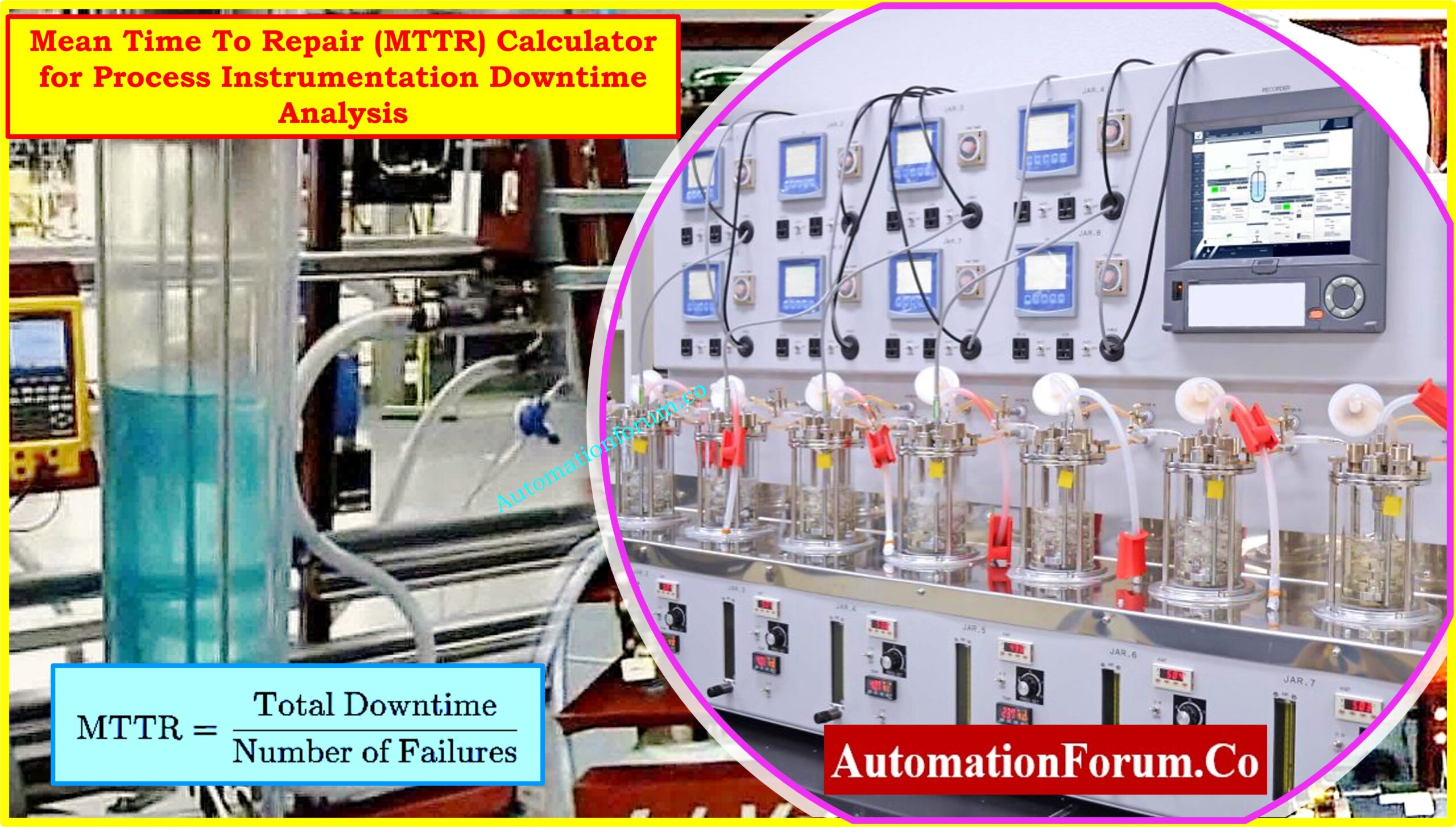What is Process control?
A process control is continuous changing of a process variable to desire variable according to the measured feedback variable from the process. A Process control system always aim to achieve a process variable at the desired quantity, so that the system is said to be in controlled
What is transmitter?
A transmitter is an electronic device that is generally mounted in the field in close proximity to a sensor. The sensor (also known as a transducer) measures a physical variable such as temperature or pressure and outputs a very low-level electronic signal. The basic function of the transmitter is to provide the correct electrical power to turn on (or excite) the sensor then to read the low-level sensor signal, amplify it to a higher level electrical signal and send that signal a long distance to a control or read-out device.
What is a “Smart” Transmitter?
A “Smart” transmitter is a transmitter that uses a microprocessor as the heart of the electronics. They are useful in remote area communication and calibration process. The sensor signal transmitter into a unified standard signal: 0/4-20mADC, 1-5VDC, 0-10VDc. The output control signal is standard such as 4-20mA. A good smart transmitter id insensitive to noise.
Difference between 2 wire, 3 wire and 4 wire transmitter.
In 2 wire transmitter the power and signal are transmitted through same cable.
In 3 wire transmitter the data signal and power are with respect to common ground.
In 4 wire transmitter two wires for power supply and two for signals.
Why 4-20 mA preferred over 0-20 mA signal?
In 4-20mA signal, 4 represents the minimal value and 20mA is maximun value in the signal. With 0- 20 mA you can not distinguish between minimum field value and connection break, in both situations the output will be 0mA.
4-20 mA, internal circuit can distinguish between connection break of minimum value. Normally when the value is minimum the transmitter will give you 4 mA while in case of connection breakage it will give 0 mA.
What is Actuator ?
In a closed-loop control system, the part of the final control element that translates the control signal into action by the control device.
What is Field bus ?
Fieldbus is a general term for a digital only, high speed communications protocol. The key attribute to Fieldbus communications is higher speed communications with the possibility of addressing multiple transmitters all on the same field wiring.
What are the flow measuring instruments used in Flow measurement?
- Differential pressure meters
- Positive displacement
- Velocity meters
What type of pressure sensors used in pressure measurement?
- Manometers
- Bourdon tubes
- Bellow elements
- Diaphragm elements
- DP transmitters
What is Control Valves?
A control valve is a final control element, which restricts the flow of liquid through the channel.
What are the specifications of the control valve?
- Flow medium and operating temperature
- Flow rate kg/hr or Nm3/hr Max/Min/Normal
- Inlet and Outlet pressure : kg/cm2 Max/Min/Normal
- Max. allowable diff. Pressure : kg/cm2
- A density of medium : kg/m3
- Viscosity
- Cv : Valve Flow Coefficient
Actuator, Body, Trim, Diaphragm, Diaphragm plate, Actuator stem
Actuator spring, Seat, Travel Indicator, Valve stem, Gaskets, Yoke, Handwheel
Explain Working of RTDs
Resistance temperature detector(RTD) uses material which change their resistance which exposed to temperture. Temperature is determined by measuring resistance and then using the RTD Resistance vs Temp characteristic to detect temperature.
Can I split my one T/C signal to two separate instruments?
The T/C signal is a very low-level millivolt signal, and should only be connected to one device. Splitting to two devices may result in bad readings or loss of signal. The solution is to use a “dual” T/C probe, or convert one T/C output to a 4-20 mA signal by using a transmitter or signal conditioner; then the new signal can be sent to more than one instrument
Explain Working of Thermocouple:
Thermocouple consists of two different metals, which are joint together. When the juction of two disimilar metalsis exposed to tempearture, an voltage induced accross the metals.
What is Cold Junction compensation?
The industry accepted standard for the temperature at open end is 0 deg C. Therefore most tables and chart make the assumption that the temp at open end is 0 deg C. In industry the open ends are always at actual room temperature and not 0 deg C.





